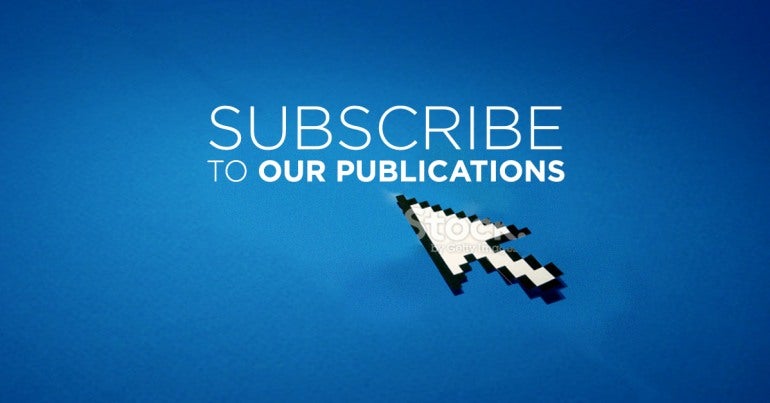Reconciliation and rectifying the inequalities faced by Indigenous peoples will involve comprehensive action and significant investments but the benefits will be much higher. Education is key, but it is only part of the equation.
Inequalities between Indigenous and non-Indigenous Canadians start at a young age and persist all through life. Indigenous children are twice as likely to die in their first year of life as non-Indigenous Canadians, three times as likely to live in poverty, only a third as likely to get a university degree and almost twice as likely to be unemployed.
Health conditions are also significantly worse for Indigenous peoples, who are seven times as likely to be murdered as non-Indigenous Canadians and can expect to live five to 10 years less on average than non-Indigenous Canadians.
When Indigenous peoples benefit from the same quality of public services, education and opportunities as non-Indigenous Canadians, these economic, health and social gaps narrow significantly.
Better living conditions, economic opportunities and education are essential, and they are also inter– connected. The Truth and Reconciliation Commission revealed how damage from residential schools lasts for many generations. Tens of thousands of Indigenous children continue to be taken from their families and adopted out or placed with foster parents. Indigenous children are still placed in foster care as wards of the state at 25 times the rate of non-Indigenous children.
Living and economic conditions must be improved to prevent this from continuing.
In a recent landmark decision, the Canadian Human Rights Tribunal ruled the federal government discriminates against First Nations children on reserves by failing to provide the same level of child welfare services that exist elsewhere—and then followed up on their decision three months later to press for faster action.
As Truth and Reconciliation Commission Chair Justice Murray Sinclair has said, while First Nations saw education as a right when treaties were first signed, throughout history it has instead been used as a tool for assimilation.
Education is key, but as with other public services, it must be culturally-appropriate high quality education controlled by First Nations that celebrates Indigenous culture and languages instead of erasing them, and needs to start at a young age. Early childhood education and care programs, such as the very successful Katl’odeeche First Nations Children’s Centre in Hay River, NWT, can make an extraordinary difference for generations to come.
“Reconciliation will not occur overnight. This is not just a problem for Aboriginal people; it is a problem for the entire country,” Sinclair told delegates to CUPE’s 2015 national convention. “Canada has a shameful past. But we don’t need to carry this shame any further, as long as we commit to a relationship of mutual respect originally envisioned in the treaties.”
We all have an enormous amount to gain socially, economically and culturally from diverse Indigenous peoples and communities. In purely monetary terms Canada’s economic output would be $36.5 billion higher and government finances would improve by $17.7 billion in 10 years if these education, labour market and social well-being gaps were eliminated, according to analysis by the Canadian Centre for the Study of Living Standards. But what’s far more important than the economic impact is what we all gain socially and culturally by moving from a relationship of inequality and discrimination to one of greater equality and mutual respect.



